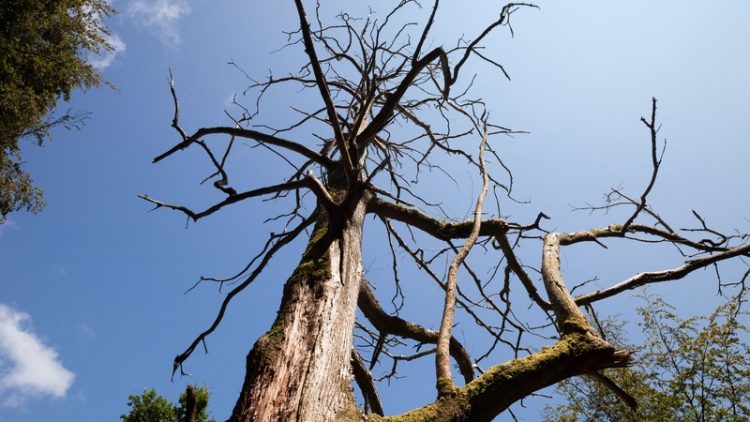7 Warning Signs Your Tree May Be About to Fall In Phoenix
7 WARNING SIGNS YOUR TREE MAY BE ABOUT TO FALL IN PHOENIX
GET A FREE ESTIMATE TODAY!
Tress are a big part of creating beautiful landscapes, yet having hazardous trees around your yard can mean some or all branches could break due to strong winds during a monsoon. In extreme cases the entire tree could fall onto your home, or even a neighbor’s. Storm damaged tree removal is the answer if the tree is already damaged, but these signs will help you catch risks before they impact your home, your car, or your life. When trees fall and cause damages, it can cause thousands in repairs. It can also be a potentially serious safety risk for your family. Usually, home damages caused by trees are covered by home insurance (according to Insurance Information Institute), but avoiding the potential damages is the best route. No one likes filing claims, waiting on estimates, then waiting on repairs.
BELOW ARE SEVEN SIGNS THAT YOUR TREE MAY BE AT RISK FOR CAUSING DAMAGES
Expert Arborists explain that there are usually warning signs that there is something wrong with your tree.
1 – TRUNK HAS A HOLE
The trunk can form cavities when trees self-prune by dropping branches. This may lead to decay within the tree. Although, this does not always signal danger. If the cavity has plenty of solid wood surrounding it, it’s less likely to fall, according to the United States Department of Agriculture Forest Services.
2 – DEEP CRACKS OR MISSING BARK
In parts where the three has missing bark, indents or gashes, this is referred to as ‘cankers’. Canker’s are able to increase the risk of trees breaking at the location of a canker, even when it looks good. The International Association of Certified Home Inspectors (InterNACHI) also say deep bark cracks are negative signs as well.
3 – FALLING OR DEAD BRANCHES
If your tree begins to drop partial or full branches, it can be a sign that something is not right. This is a sign that trees are attempting to make themselves smaller, to have less to feed. Dead branches are also a large risk as they can crash down on clam days, not just windy days, according to USDA Forest Services.
4 – LEANING TRUNK
The InterNACHI states if you notice your tree is leaning more than 15 degrees because of root damage or wind, it generally needs to be removed. However, a tree which naturally grew this way does not have as much risk.
5 – LEAVES FALL FROM INSIDE OUT
This is another sign that something is wrong, as tree’s should not lose leaves from inside out. Experts say this is a sign of root zone issues. “Root zone is the area that trees obtain water and nutrients, and it holds the tree up.” If the root system is not healthy, it increases the risk of falling trees.
6 – ROOTS ARE ROTTEN
It can be hard to detect root rot, but things to look for include mushrooms growing around your tree’s base. Another sign that trees are rotting on the inside are fungi growth on the trunk.
7 – TIGHT BRANCH GROWTH
If branches are growing closely in a V-shape, this is also a bad sign. Experts explain “Strong union grows in a U-shape. There are many species of trees that often break at weak forks, including maple, elm, yellow poplar, oak, and willow trees. “When winds get strong, these trees are at risk of falling apart,” she said. It is easiest to spot this sign during winter when leaves are no longer on the trees.
WHAT TO DO WITH TROUBLESOME TREES
If you are unsure if the tree around your home pose any danger, you should consult a qualified tree expert. Professionals help you avoid preventable property damage from your trees. Professionals are able to advise you in the next step, from removing a dangerous tree or developing a plan to help improve your tree’s health. Based on your particular solution, the plan may include bracing or cabling being conducted by a qualified Arborist.

